Rebecca Stewart: A time of new life
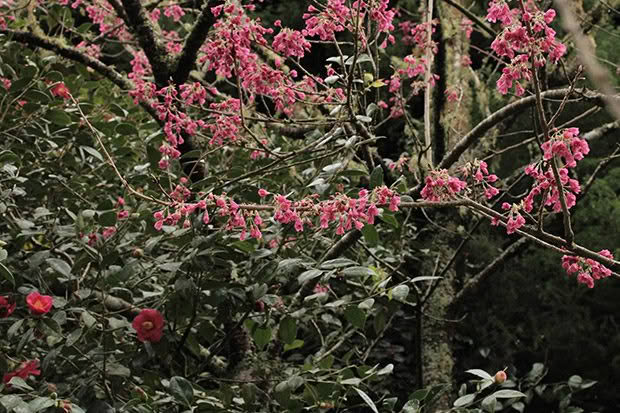
With spring on the homestead, Rebecca Stewart welcomes the cycle of life.
Photos: Summer Stewart
The arrival of the year’s first lambs brings with it the early signs of spring. We look forward to emerging from the depths of winter into the promise of spring.
I’m reminded of the saying “a watched pot never boils” as the ewes’ woolly bellies expand and we check on them daily. Tulip, our older pet ewe, had been waddling around with her bulging belly for weeks. We kept an eye on her, waiting for her udder to start bagging up.
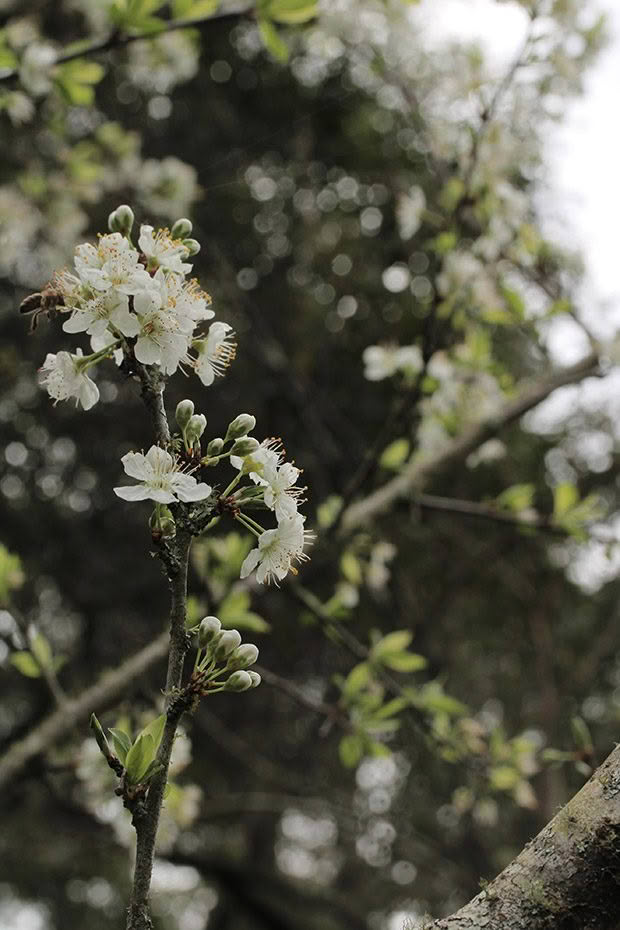
Finally her udder felt full of milk and, sure enough, the next morning a glance out the window confirmed she had just lambed. We watched as she had another contraction, she (looking uncomfortable) lowered herself to the ground only to get right back up again. The contractions kept coming and the lamb’s feet emerged. It soon slipped to the ground with a slithering plop. The ewe sniffed the lamb, licked it and the little creature shook its head. It soon tried to sit up, then struggled to stand up. Within minutes the lamb was standing and seeking mum’s colostrum-filled udder.
They’re small lambs for such a big puku (stomach), so we speculate there’s another one in there. Sure enough, she delivers another — our first set of triplets and the afterbirth soon follows. We feel privileged to have observed the emergence of new life. It is an experience which never gets old.
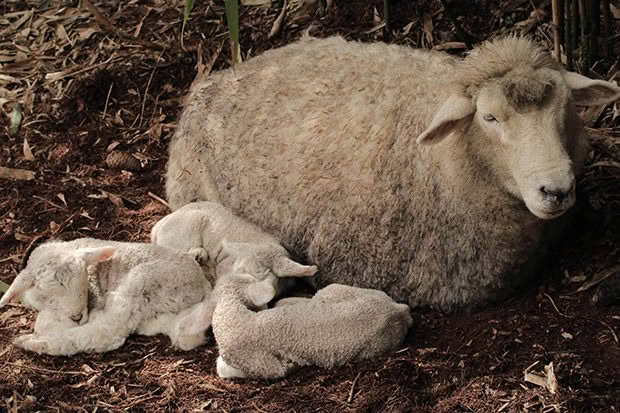
Our kunekune sows’ bellies are expanding too, but as they are still firm and round, we know it is not their time yet. As they progress their bellies will start to sag, the baby piglets moving beneath our hands, in the full and heavy womb. We separate the sows from the boys and, as there is room in the freezer, decide it is time for the boys to move on. Their absence will allow the grass to recover and flourish before the next lot of piglets arrives. It is the nature of this life, working to maintain the balance and flow between life and death.
For now though, there is the promise of new life emerging all around us. The early plums, peaches and the Taiwanese cherry have burst into blossom, the tree lucerne’s snowy pea flower petals hang like bridal veils. In the pond paddock the magnolia is slowly opening large beautiful pink blooms. Bright spots of yellow catch my eye down by the ravine edge, daffodils discarded there by someone long moved on. The Spanish bluebells are still to flower, which is something to look forward to with their soft blue, pink and lilac bells.
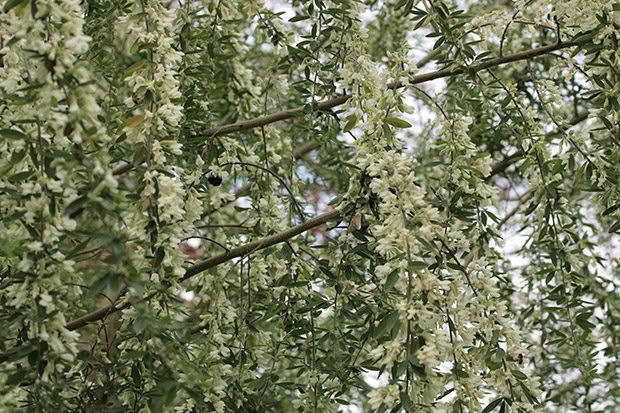
The changing of the seasons is a fluid motion, a gradual easing from winter into a time of new life. Shoots push up from the cold wet ground, buds swell into fragile blossoms and fresh new leaves. Each new discovery brings a sense of joy and wonder at our natural world, connecting us with the animals, the garden, the earth and the ever-changing weather.
Living with the land awakens us to the natural cycles, life and death, emergence and decomposition, creation and destruction. The miracle of birth never ceases to amaze us and while there is sadness in death, it is a part of a circle. Death goes on to create new life, whether it be feeding us, other animals or the soil beneath our feet. I feel it is sad to lose this connection with the land, the understanding of what it is to live with the earth.
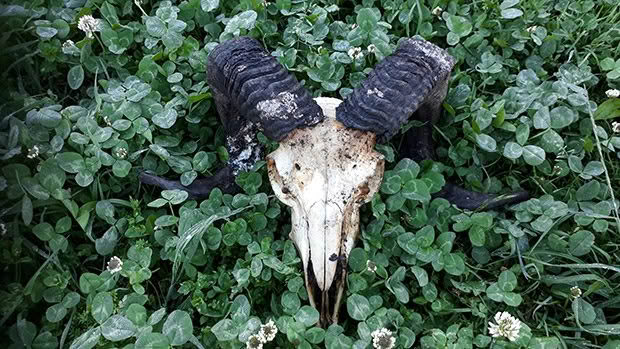
People talk about the beauty of nature; they focus on the cute and the pretty. But nature is also brutal, powerful and destructive, it is simply a fact of the world we live in, without death there is no life. The soil beneath our feet is built by this cycle of life and death, growth and decay.
We can choose to live in touch with these cycles, to exist with our eyes wide open to the natural world. Our children have grown up with these cycles, they know what we do and how we live is done to nourish us, to sustain our own lives until we complete our own cycle. And when that time comes, we too will feed the earth.
ABOUT REBECCA
In 2020, Rebecca and David Stewart subdivided and sold their block in a tiny Manawatu village in order to create a more self-sufficient way of life. Choosing to buy 6ha (14.8 acres) of land, most of it in pines in a remote corner of King Country, meant no mortgage and treasured financial independence. The distance doesn’t stop Rebecca from running the increasingly popular Homesteading New Zealand group on Facebook. She also posts regular updates on their farm’s transformation to its own page, Fodder Farm. Read more about their journey here, and visit thisnzlife.co.nz every month for the latest from their slice of New Zealand.

